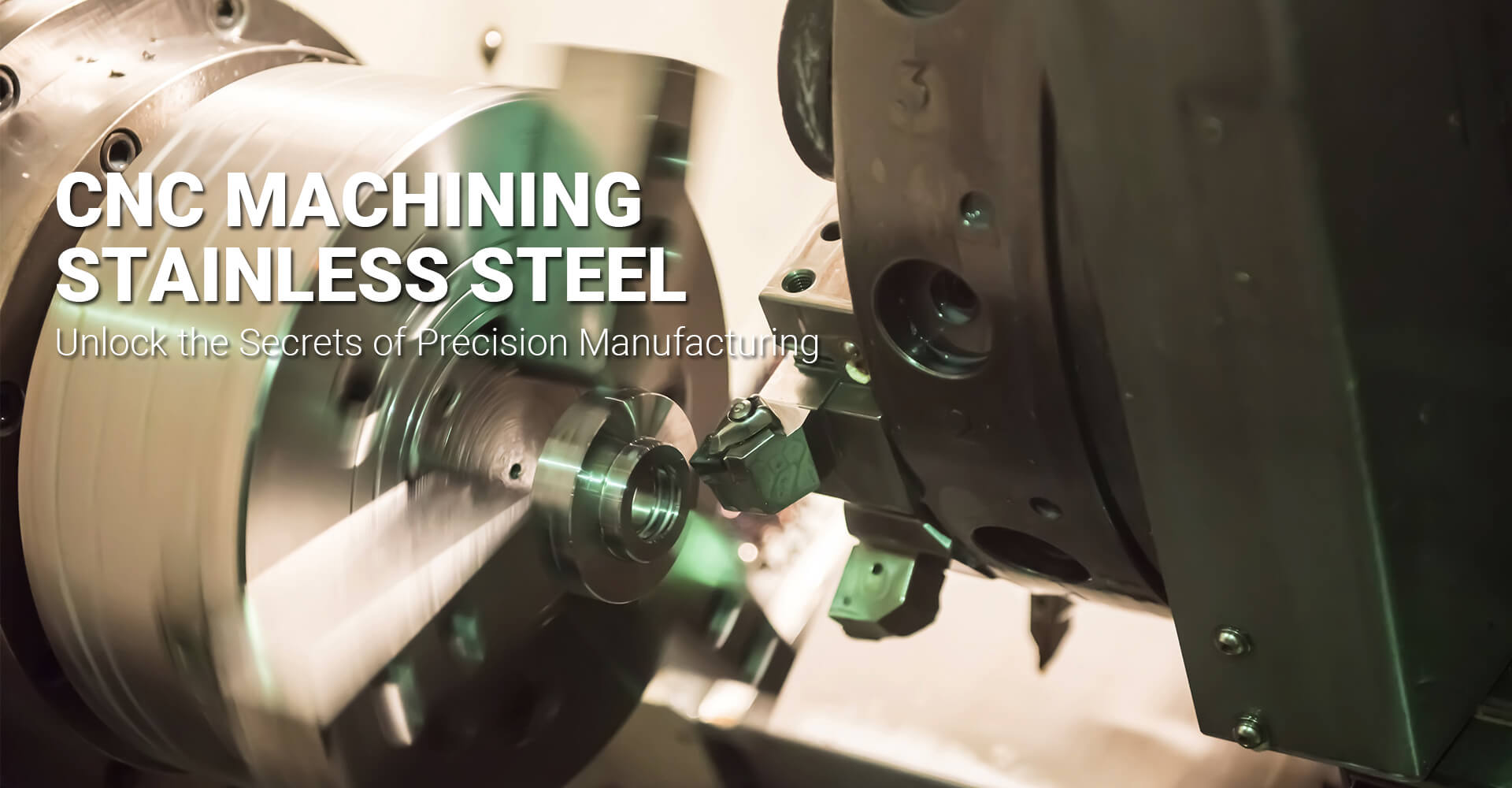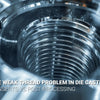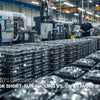CNC Machining Stainless Steel: Can You Unlock the Secrets of Precision Manufacturing?

CNC Machining Stainless Steel: Can You Unlock the Secrets of Precision Manufacturing?

In the world of advanced manufacturing, CNC machining stands as a revolutionary technology that transforms raw materials into precision components. Stainless steel, with its exceptional properties, has become a cornerstone material for industries demanding unparalleled durability and performance. But what makes this combination so powerful, and how can manufacturers unlock its full potential?
At the heart of modern manufacturing lies a remarkable synergy between computer-controlled precision and the robust characteristics of stainless steel. From medical devices to automotive components, this technology continues to push the boundaries of what's possible in industrial production.
As we dive deeper into the world of CNC machining services, prepare to uncover the intricate details that make stainless steel machining both an art and a science.
[Table of Contents]
- Introduction to CNC Machining and Stainless Steel
- Common Grades of Stainless Steel
- Machining Techniques
- Challenges in CNC Machining
- Best Practices
- Market Trends
- Industrial Applications
- Conclusion
Introduction to CNC Machining and Stainless Steel: What Makes This Technology So Remarkable?
CNC (Computer Numerical Control) machining represents the pinnacle of precision manufacturing. By utilizing computer-controlled tools, manufacturers can create incredibly complex and accurate parts with remarkable consistency. When applied to stainless steel, this technology transforms how industrial machinery operates across various sectors.
The core strength of CNC machining lies in its ability to translate digital designs into physical components with minimal human intervention. Unlike traditional manufacturing methods, CNC machines can reproduce intricate designs with near-perfect accuracy, making them invaluable in industries requiring extreme precision.
Common Grades of Stainless Steel: Which One Suits Your Project?
Stainless steel comes in multiple grades, each with unique characteristics:
- 304 Stainless Steel: The most common grade, offering excellent corrosion resistance and good machinability. Ideal for general-purpose applications.
- 316 Stainless Steel: Enhanced corrosion resistance, particularly against chlorides. Perfect for marine and chemical processing environments.
- 303 Stainless Steel: Known for superior machinability due to added sulfur, making it excellent for precision parts.
- 430F Stainless Steel: A ferritic grade with improved machining properties, commonly used in fasteners and automotive components.
When selecting a grade, consider the specific requirements of your automotive or industrial project.
Machining Techniques: How Do Experts Shape Stainless Steel?
CNC machining encompasses several critical techniques:
- Turning: A process where the workpiece rotates against a stationary cutting tool, creating cylindrical shapes. Ideal for CNC turning operations.
- Milling: Used for creating complex geometries with rotating cutting tools. Custom CNC milling services can produce intricate parts with high precision.
- Drilling: Creates precise holes using specialized drill bits.
- Grinding: Provides final surface finishing and extreme dimensional accuracy.
Challenges in CNC Machining: What Makes Stainless Steel Tough to Process?
Machining stainless steel presents unique challenges:
- High material strength leading to increased tool wear
- Work hardening during machining process
- Significant heat generation affecting dimensional accuracy
- Complex metallurgical properties requiring specialized techniques
Best Practices: How to Optimize Your CNC Machining Process?
To maximize efficiency and quality:
- Use rigid, high-performance machines
- Select appropriate cutting tools (carbide or high-speed steel)
- Implement advanced cooling strategies
- Minimize cutting forces and optimize feed rates
- Regular tool maintenance and replacement
Market Trends: What Does the Future Hold for CNC Machining?
The global CNC metal-cutting machine market demonstrates impressive growth:
- 2022 Market Size: $86.59 billion
- Projected 2031 Market Size: $140.20 billion
- Compound Annual Growth Rate (CAGR): 5.5%
Industrial Applications: Where is CNC Machined Stainless Steel Used?
Key industries leveraging this technology include:
- Medical: Surgical instruments and implants
- Aerospace: High-strength, lightweight components
- Automotive: Engine parts and specialized equipment
- Food Processing: Corrosion-resistant machinery
Conclusion: Mastering CNC Machining of Stainless Steel
As manufacturing continues to evolve, CNC machining of stainless steel represents a critical intersection of technology and material science. By understanding its complexities and leveraging best practices, manufacturers can unlock unprecedented levels of precision and performance.
External Links Recommendation:
- CNC Machining Stainless Steel: Challenges And Tips
- Benefits of CNC Machined Stainless Steel
- Unlocking the Potential of CNC Metal Machining





